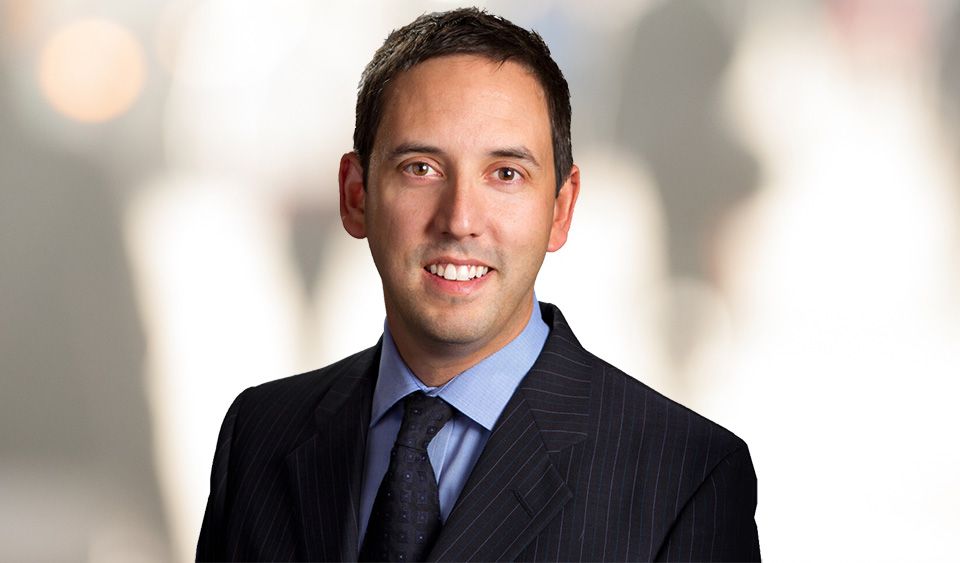Janus Henderson global head of product strategy and ESG Kelly Hagg has been with the firm for 18 years and was among the first to start looking at ESG when the firm began thinking about it, he says. Here, he talks to ESG Clarity’s Natasha Turner during her trip to the US about the advantages and drawbacks of having a global ESG strategy, the opportunity to create more diverse ESG portfolios and the desire from advisers for more education on the topic.
What is the Janus Henderson’s approach to ESG in the US?
One thing you never get to say in asset management is you’re unique. But coming out of the merger [between Henderson Group with Janus Capital Group in 2017] we ended up with 50% of our assets in the US and 50% ex-US, so we don’t have a leaning in our lens. We’ve tried to learn from the regulations in the EU. We have a global sustainability platform that was originally based in the EU that’s been there 30 years, and then we created a global platform for which the foundations are governance. So we’ve been able to bring that to the US without having to start from scratch here. We launched five ETFs as a result of that. We hope this global platform will springboard us in the US, but it’s early days.
A global platform presumably keeps you covered from a regulatory standpoint.
From a regulatory standpoint we looked at SFDR and taxonomy rules, but also we looked globally at where this terminology works, where it’s misleading and where it’s intuitive. So we sort of created our own global taxonomy that should keep us covered in all regions. There are certain types of strategies where it truly does mean different things in different parts of the world – for example, in impact we may have a strategy in the US that works for that market, but say in the UK, where it’s all about proving the impact in documentation, it may not live up to that.
What will the ESG landscape in the US be in the near future?
There’s a lot of pent-up demand. And as you see rules change, like the DOL and the backing off of the Trump era of focus, opportunities will open up. There’s a lot of wait and see, but then you have an entire adviser community that’s coming online through education, through talking to clients, but it’s not quite there. So it’s the intersection between regulation opening up and recognising you can and should be doing this, and then the active education of the adviser community. That should unlock the pent-up demand, but it’s just starting.
What do you think is the biggest opportunity in ESG in the US right now?
To provide all the building blocks for a portfolio that’s constructed to be durable. If you look back, there’s a lot of focus on technology, there’s a lot of options in equity, there’s fewer choices in fixed income, fewer choices in diversifiers.
And what are going to be the biggest roadblocks?
First, when commodities are on the run, the market is favouring exactly the opposite of what you expect in ESG, so we’re seeing a market that’s favourable to non-ESG sectors. The other challenge is advisers haven’t historically been equipped to have the discussion around values or how their clients think about that type of topic. Our adviser clients are looking for practice management education. They’re looking for broad-based ESG education. They want to engage their clients and show their know-how.
What’s your favourite part of this role?
Being on the edge of how investors are thinking about ESG. For example, we were working with our natural resources team in Australia, and when you look at what you’re solving for – whether that’s net zero or otherwise – you see all these opportunities with your portfolio managers to create and position strategies properly, and that’s really exciting.








